Código
P57
Área Técnica
Uveites / AIDS
Instituição onde foi realizado o trabalho
- Principal: Universidade de São Paulo (USP)
- Secundaria: Universidade Federal do Paraná (UFPR)
Autores
- JOYCE HISAE YAMAMOTO (Interesse Comercial: NÃO)
- Fernanda MS Souto (Interesse Comercial: NÃO)
- Ruy FBG Missaka (Interesse Comercial: NÃO)
- Marcelo M Lavezzo (Interesse Comercial: NÃO)
- Priscilla FC Nobrega (Interesse Comercial: NÃO)
- Viviane M Sakata (Interesse Comercial: NÃO)
- Maria Kiyoko Oyamada (Interesse Comercial: NÃO)
- Carlos Eduardo Hirata (Interesse Comercial: NÃO)
Título
A FOUR-YEAR TREND IN FULL-FIELD ELECTRORETINOGRAM IN PATIENTS WITH VOGT-KOYANAGI-HARADA DISEASE
Objetivo
To retrospectively evaluate a four-year trend in full-field electroretinogram (ff-ERG) and its association with clinical aspects in patients with Vogt-Koyanagi-Harada disease VKHD) followed up after acute onset.
Método
Twenty one consecutive acute VKHD patients (42 eyes), attended at a tertiary center from June 2011 to January 2017, and followed up for at least 48 months, with systematic multimodal and ff-ERG evaluations, were included (Table). Scotopic and photopic ff-ERG parameters at month(M)1, M6, M12 and M48 were analyzed. At M48, eyes were grouped according to the number of abnormal parameters (below the 5th percentile of normal controls): group 1 (none), group 2 (1 to 3) and group 3 (4 to 7). Correlation between ff-ERG results at M48 with clinical and treatment data was pursued. Generalized estimated equations were used for binary ocular data. Interaction P-value, using multivariable models, was used for significant subgroup differences.
Resultado
Clinical characteristics are described in Table 1. Subgroups 4-point curves had different behavior for maximum scotopic b amplitude (p=0.005), photopic b amplitude (p=0.024) and flicker (p=0.003). (Figure) Concerning the other parameters, except for photopic a amplitude, the curves between the groups were parallel (p<0.001). Interval to treatment was shorter in group 1 than in group 2 (p=0.016). Fluorescein (FA) and indocyanine green (ICGA) angiographies total score at baseline were lower in group 1 than groups 2 and 3 (p<0.001). All patients from group 3 had additional immunosuppressive therapy (p<0.001) and were the group with less anterior uveitis relapses (p<0.001)
Conclusão
Delay in treatment start and more intense inflammation at baseline seemed to be the main factors to define visual function measured by ff-ERG at a long-term follow-up in VKHD.
Número de protocolo de comunicação à Anvisa: 2022379801